Saving fuel has played a major role in Formula 1 since the beginning of time. The "fuel management" training program has also been around for quite some time in the F1 game series.
Since this training program is an important part of earning the necessary resource points for further development of the car, in this post we will go into more detail on how to drive this training program in the most effective way and what "Lift and Coast" actually means.
Why is Fuel Saving Important?
First and foremost, fuel is added weight to your F1 car. This in turn results in slower lap times as the car takes longer to move that extra weight. At the beginning of a race you will therefore find significantly slower lap times than at the end of the race because the fuel tank is almost empty by then.
The teams are now exploiting this fact in order to fill up the tank with less fuel before the race. So they intentionally fill up the car with a little less than the maximum possible 100kg of fuel in order to save weight. As a result, the driver is able to do faster lap times right from the start because the car is a few kilograms lighter.
In order to still cover the entire race distance with this fuel tank, the driver has to save fuel at some point towards the end of the race in order to have enough fuel left for the last few laps. The drivers use "Lift and Coast" in order to achieve this.
What Does "Lift and Coast" Mean and How Does it Work?
Taking it literally, the driver lifts his foot off the gas pedal and lets the car roll along into the corner.
Lift and Coast is mainly used at the end of long straights when these are followed by a sharp turn. Depending on how much Lift and Coast is being used, the driver sometimes completely goes off the gas pedal 200 meters before the turn. Now the car rolls into the corner until the driver finally has to step on the brakes.
From the moment the driver takes his foot off the gas and until he applies the brakes, the car saves enormous amounts of fuel. At this moment, the car decelerates slightly, on the one hand due to air resistance, engine braking, but also due to the rolling resistance with the road.
Of course, this has the disadvantage that the driver does not drive this part of the track at the fastest speed. At the same time, this technique offers a number of advantages:
- First of all, the driver saves a bit of fuel. If he uses lift and coast often enough in the race, the team can also start with less fuel, which in turn leads to faster lap times.
- During deceleration by using Lift and Coast, the brakes are not needed. This results in less wear on the brakes because they are used less.
- If the brakes are then used in the corner, the speed is already lower, which then requires less braking power overall. As a result, the brakes do not get as hot.
- The smooth rolling into the corner also ensures less tire wear, as they are less stressed by abrupt braking.
Lift and Coast in Fuel Management of the F1 Games
If you have difficulties in the "Fuel Management" training program, you absolutely have to try this technique! As a result, you use almost no fuel just before entering the corner.
Short Shifting
Short shifting means not extending the gear all the way to the limiter, but shifting up earlier. This allows you to rev the engine lower more quickly, which in turn also saves some fuel. Short shifting is also very suitable for the fuel management training program in your F1 career (but also in the race!).


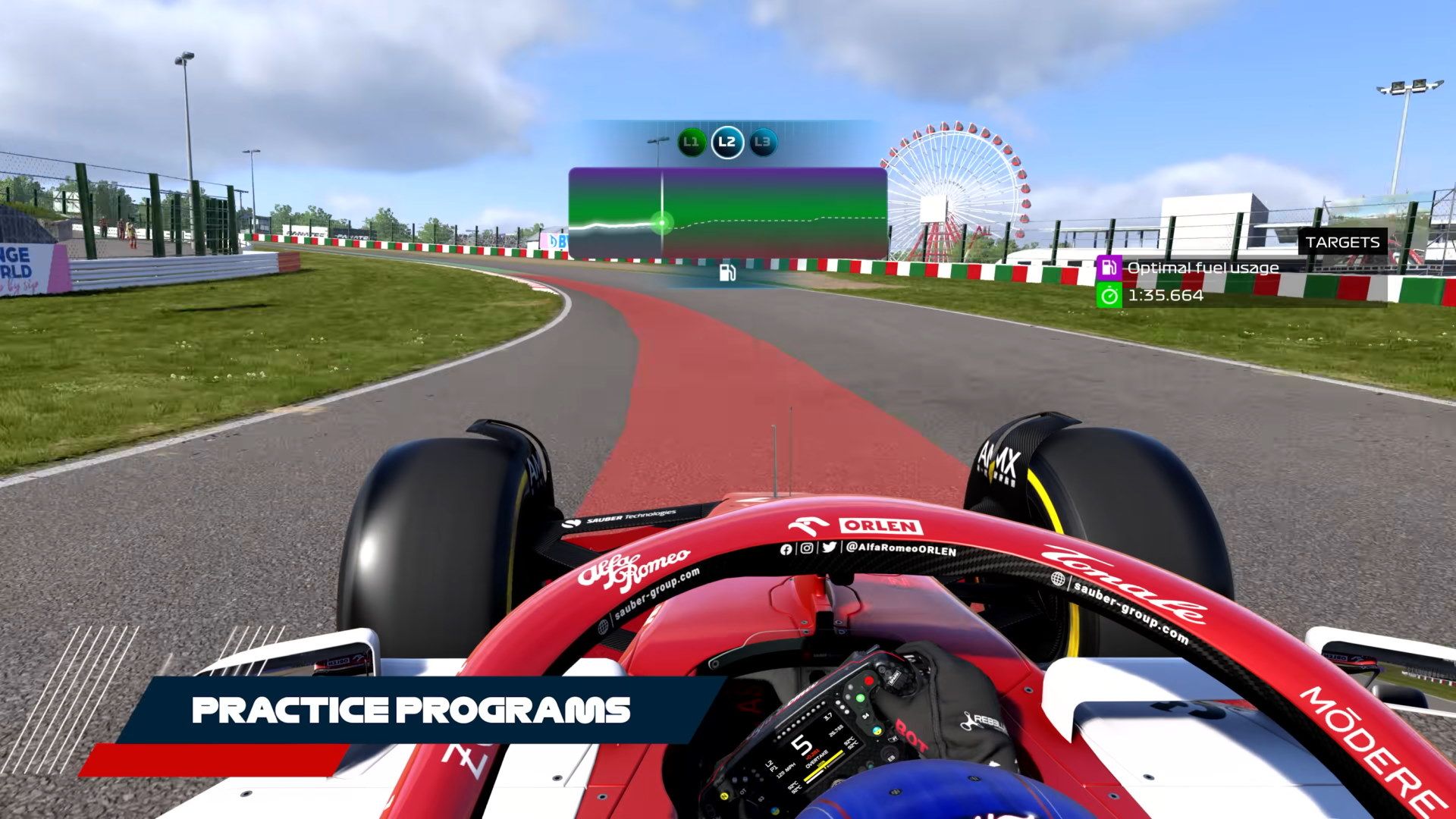


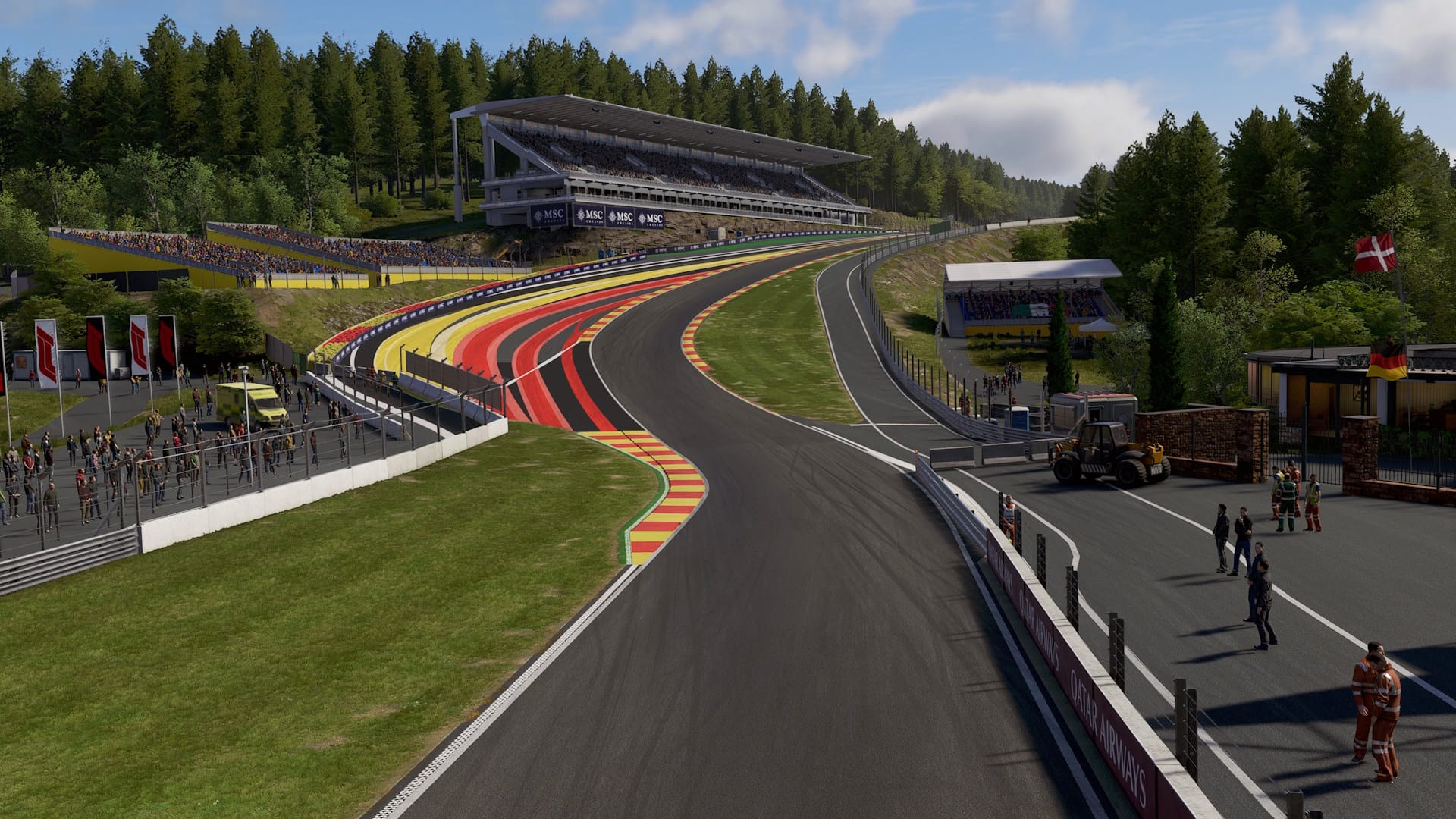
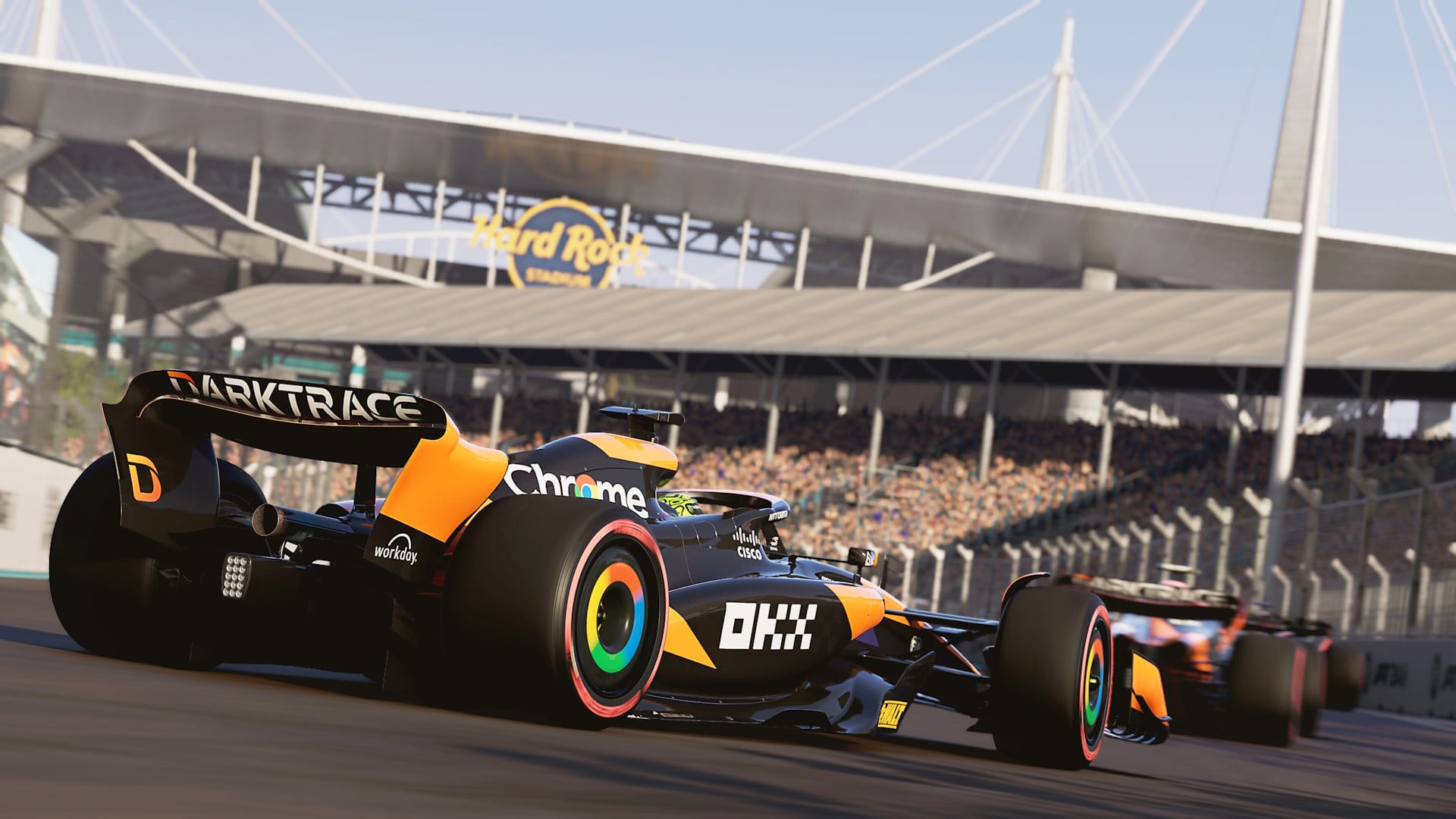
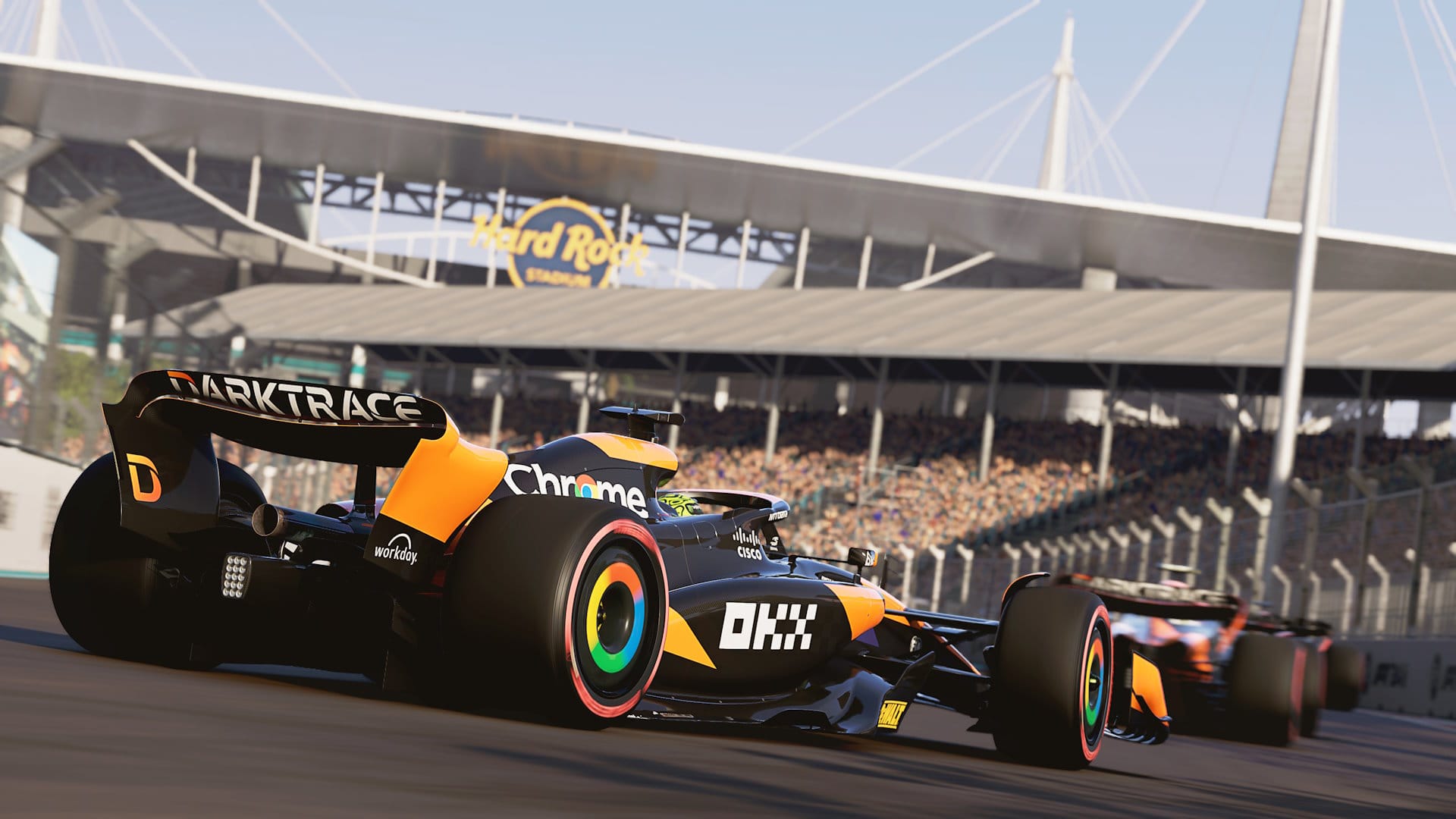
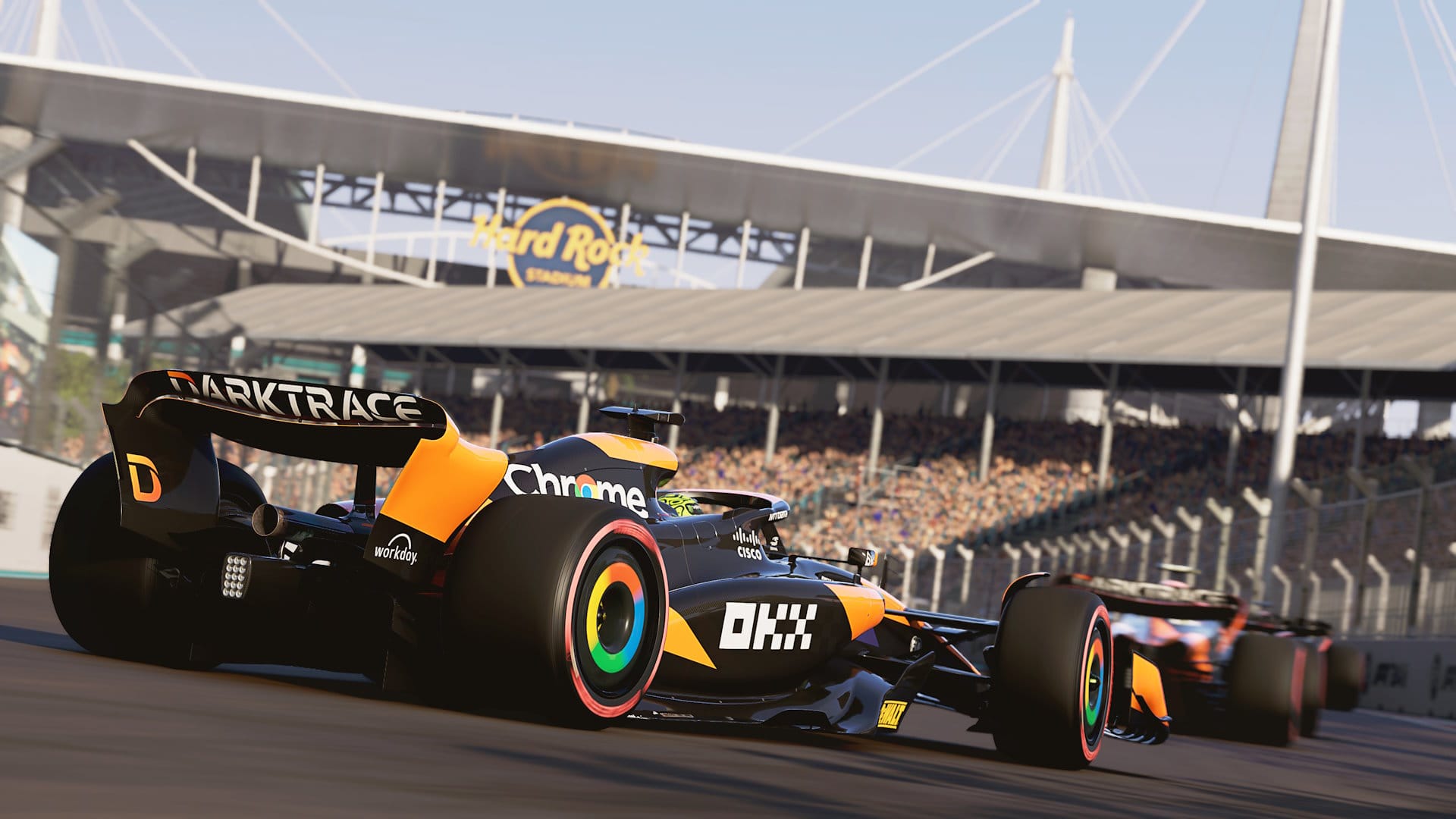
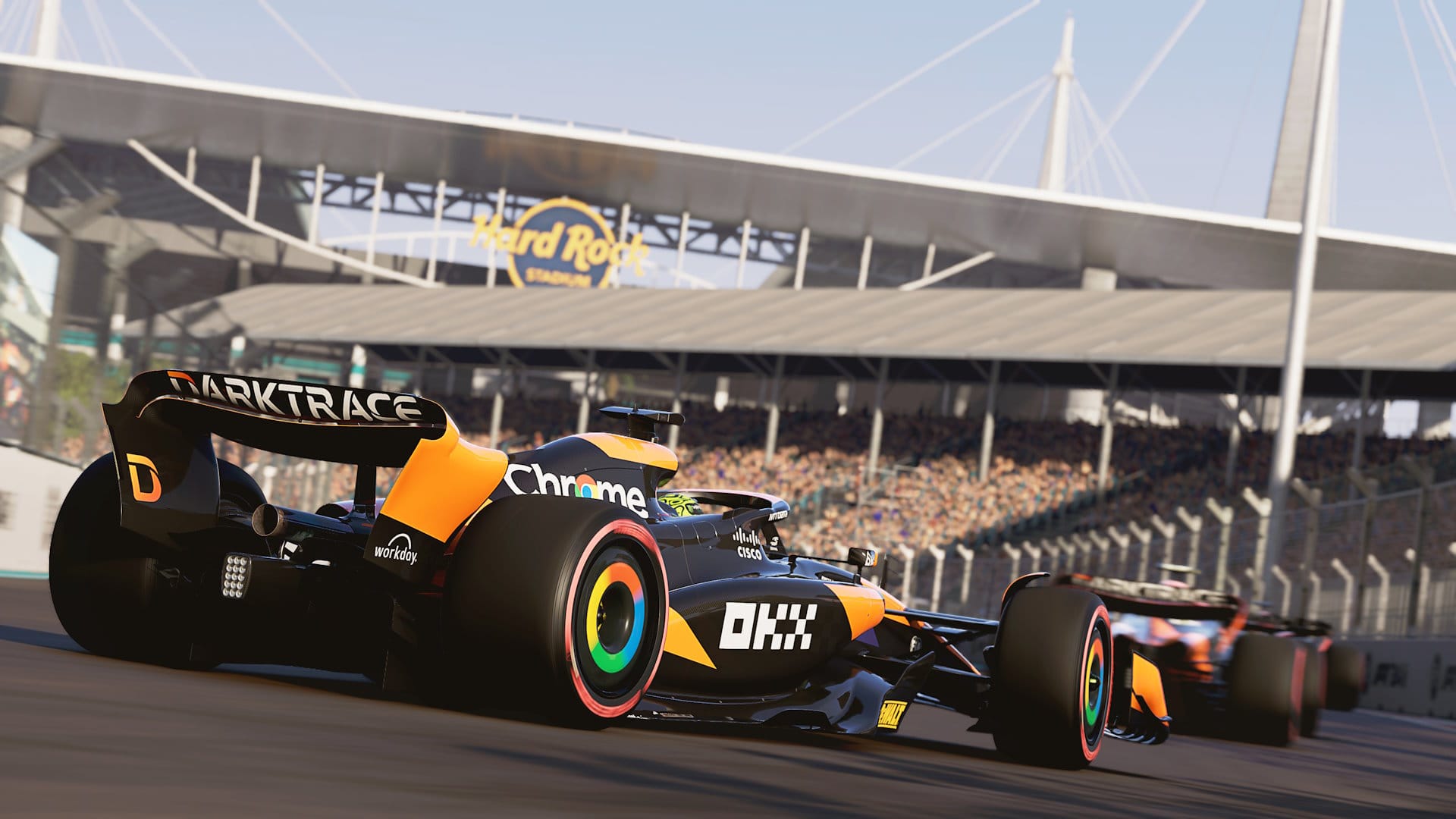

If you press this button it will load Disqus-Comments. More on Disqus Privacy: Link